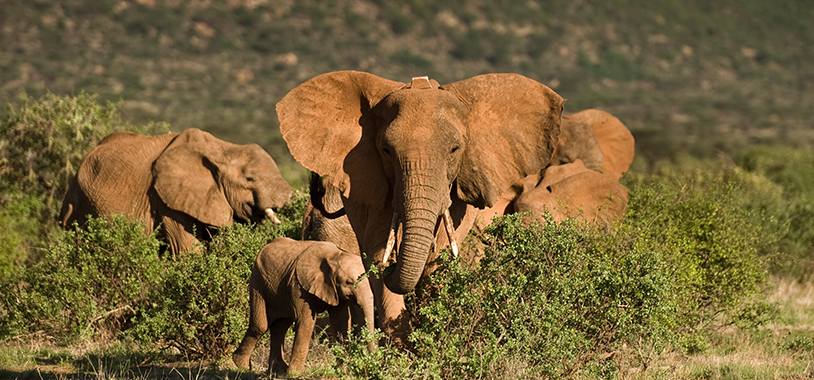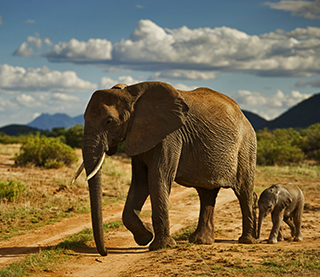What happens to the herd when all the big tuskers are gone?
Save The Elephants is going to find out.
We are in a crisis. Almost all of the big tuskers are gone from surges in poaching across Africa. The price of ivory has fueled the widespread killing of elephants. There are now only approximately 30 of the great tuskers left.
Now, these animals are dealing with a new problem. Without the matriarchs to lead the heard, the orphaned elephants do not know where to go. These herds are now wandering into new areas at risk of encountering dangerous habitats. The Orphan Project by Save the Elephants helps to understand the orphaned elephant's migratory patterns as they expand their ranges into uncharted territory. Over the past three years, WorldWomenWork has donated over $300,000 to this project for radio collars, vehicles, and staffing.
This monitoring will be increasingly important for ensuring the saftey of the herds during the Kenyan government's Vision 2030 development plan that will build road, rail and pipline links through both East-West and North-South in the Lamu Port, South Sudan, and Ethiopian Transport Corridor (LAPSSET). The Orphan Project's monitoring system will ensure that any development is created with access for migrating wildlife.
We anticipate to give another $100,000 in 2017 for additional tracking collar deployments, collar replacements, aerial patrol, monitoring time, and GIS (Geographic Information System) analysis of movements. This data will be crutial to ensuring the future of these elephant herds across the African savannahs.
WorldWomenWork has been fortunate to fund the work of Shifra Goldenberg and Dr. George Wittemyer through Save the Elephants. They have been researching the orphan's new migratory patterns and social behaviors in the Samburu National Reserve. Their work has been highlighted recently in the New York Times and National Geographic.
In this video by National Geographic, Shifra explains more about social bonds between elephants and their behavior when finding an elephant who has died.
This program is completely funded by generous donors like you. We are almost at the end of our 2016 fund drive, and need your support now more than ever.



